There is no better way to know the age of a horse than knowing the date of birth; however, observing the horse’s physical condition, as well as its teeth, helps to estimate its age as described below:
- Low height and incomplete development are signs that the horse is still young.
- Young horses normally have a more rounded face. When the horse becomes older, the face is flatter and more angular. In addition, after 15 years of age, the upper edge of the joint between the two bones (branches) of the mandible (above the chin) becomes thinner, and almost sharp when touched.
- Hard, dry skin is a sign of age; however, soft skin is not always a sign of youth.
- Grey/white color on the horse’s coat over black skin may also indicate the horse’s age. For example, most grey horses are dark (almost black) when they are young (from one to four years old); they become gradually grey, and then white, with age.
Watching and evaluating the eruption, growth, replacement, wear, and marks of the incisor teeth is a way to calculate a horse’s age with fair accuracy (See details here).
WHAT IS THE HORSE’S LIFESPAM?
The horse’s average life span is 25 years when properly taken care of. However, some horses live 30 to 35 years. Few horses live more than that. To date, the oldest horse on record is “Old Billy”, who lived in England from 1760 to 1822 (died at 62).
At this point you may be asking when is a horse considered “old”? Well, it depends on the horse breed and its purpose in a specific equestrian discipline or work. The age at which a horse starts being trained under saddle and the intensity of the physical activity it performs plays a big role in this. Thoroughbreds, for example, can start racing competitively at 2 years old, for which their racing careers usually last about 3 years. Thereafter, the best horses in the racetrack often are kept in selective breeding programs. The rest are retrained for other purposes, such as jumping, dressage, eventing, polo, trail riding, or used in horse riding schools of different types.
Not counting those Thoroughbreds that end up into jumping or dressage after their racing careers, horses being bred for these specific sports are usually started under saddle after three years old or later. And for competitive purposes, with the intention of allowing the horses to gradually develop the strength of certain groups of muscles and to mature mentally and emotionally, they are ‘pushed’ into higher levels of difficulty only after completing specific exercises and requirements. This helps them be competitive for many years. As a matter of fact, to compete in dressage, jumping, or eventing at the Olympics, a horse must be at least 9 years old and there is no maximum age, although 11 to 17 is their common age.
The Paso horse breeds (Paso Fino, Trocha, Trocha & Galope, and Trocha & Galope) are very strong due to both the difficult conditions where they were originally developed and the foundation breeds being used. Although in some areas of the World Paso horses are started under saddle at 24 months old or even younger, many can still be highly competitive at local, national, and international shows or can be used for trail riding or working at 15 years old or older. Nevertheless, a group of veterinarians and breeders in Colombia (South America) are currently joining efforts to change the country’s show rules looking to increase the horses’ minimum age of competition. If accomplished, it will allow the young horses to be more mature physically, mentally, and emotionally before they start being trained under saddle, which, in turn, will help both reduce injuries and keep the horses in competition many more years.
As a rule of thumb, however, horses of all breeds can be considered “seasoned” and fully functional for most equestrian sports and working activities from 10 to 15 years old. After 17, their full functionality may decline gradually, although it depends on a variety of factors such as individualities, horse breed, environment, nutrition, and the stress of the physical activities being performed during their lives. One of the most common illnesses that affect elder horses is arthritis.
On the other hand, for reproductive purposes, most stallions and mares properly taken care of are generally able to reproduce at any age and produce offspring of similar quality. The greatest limitation to this in both genders is injuries or degenerative diseases to the reproductive system. Severe arthritis or leg injuries may limit old stallions to mount a mare and old broodmares to carry a pregnancy.

